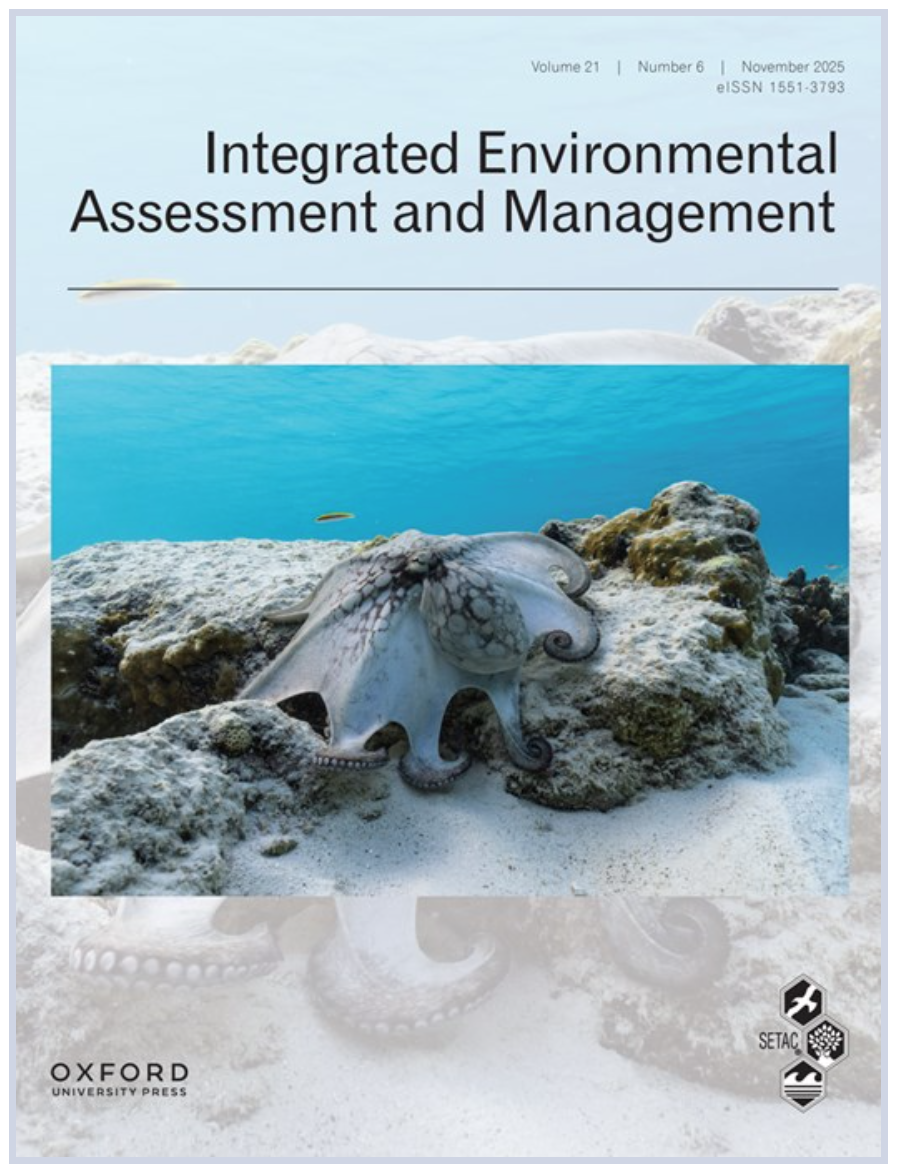Special Series for IEAM: Probabilistic Approaches for Environmental Risk Assessment, Decision-Making, and Regulatory Criteria Development
Integrated Environmental Assessment and Management, Volume 21, Issue 6, November 2025
Guest Editors: Camille Flinders, Director and Regulatory Affairs Lead – Water Resources (NCASI); Brad Barnhart, PhD, Project Leader, Northern Regional Coordinator (NCASI)
This series presents a collection of articles that advance the understanding of probabilistic methodologies and their versatility for robust, transparent, data-based environmental risk assessment and standards derivation across a range of media that align with regulatory objectives to protect aquatic and terrestrial biota, human health, and vulnerable populations.
Probabilistic Risk Assessment (PRA) is a collection of risk assessment methods that incorporates uncertainty and variability to estimate the likelihood of exposure, risk, or hazard. In contrast to the deterministic approach that relies on single point estimates (often, upper bound values) for the various inputs into a risk equation which are applied across all members of an exposed population, PRA facilitates transparency regarding uncertainty and risk estimates among different members of an exposed population (including sensitive groups or life stages). This overcomes the phenomenon known as ‘compounded conservatism’ by using worst-case assumptions, and allows policy-makers input exposure parameters as distributions to develop target-specific, science-based margins of safety and exposure criteria that can be transparently linked to the actual population exposure characteristics and the stipulated risk targets selected for the population. Despite the recognition of the benefits of probabilistic methods and its use in certain programs (e.g., Superfund), PRA to evaluate risk and develop criteria is underutilized in certain regulatory programs such as the development of aquatic life, human health, and air quality criteria. This may be due to the absence of guidance from the Environmental Protection Agency supporting water quality criteria derivation using a PRA approach, perceived difficulty in developing PRA-derived criteria among agency personnel, and lack of freely-accessible calculation tools. The purpose of this publication series is to advance the understanding of PRA as a versatile tool for robust, transparent, data-based risk assessment and standards derivation that align with regulatory objectives.
Journal Articles Included in the Special Series:
- Probabilistic approaches for risk assessment and regulatory criteria development: current applications, gaps, and opportunities
- Locally relevant ambient water quality criteria to protect human health
- Sensitivity analysis of human health surface water quality criteria: a case study using perfluorooctane sulfonic acid
- An open-source shiny tool for the derivation of human health water quality criteria using probabilistic risk assessment
- Improving risk assessment of land-applied biosolids with probabilistic approaches
- Why are PFOS ecological surface water quality criteria so different between countries? A review of differences in regulatory guidance
- Beyond deterministic air quality modeling: a probabilistic screening approach for emission inputs in AERMOD
- Probabilistic risk assessment approaches better protect susceptible populations

